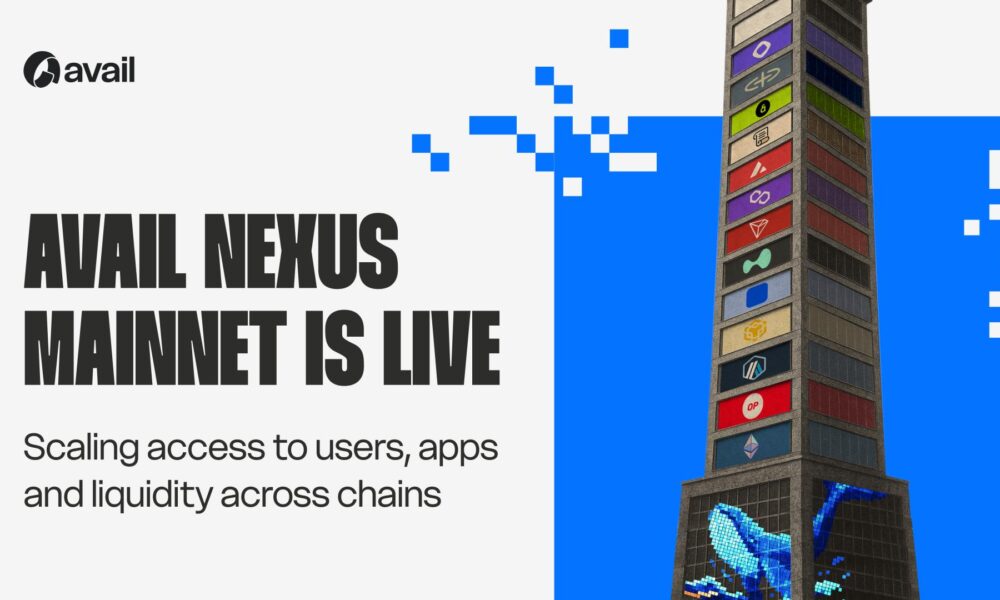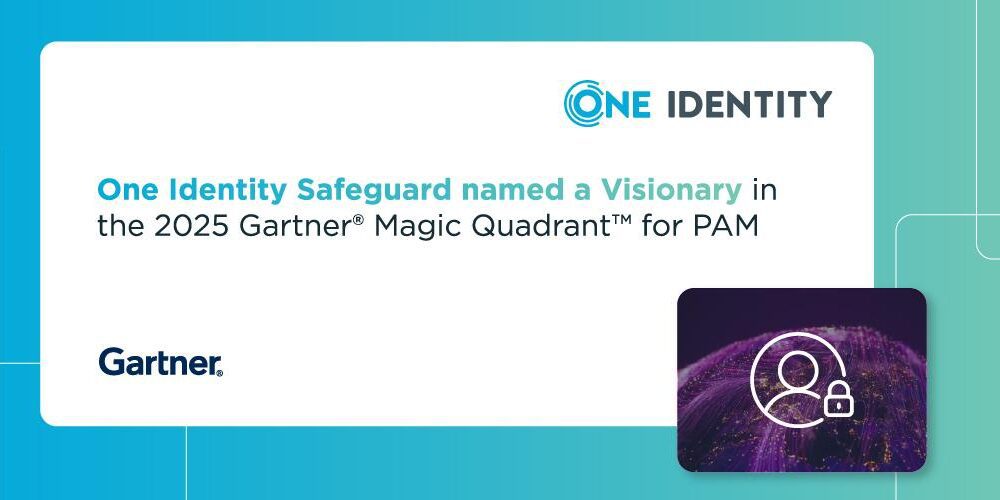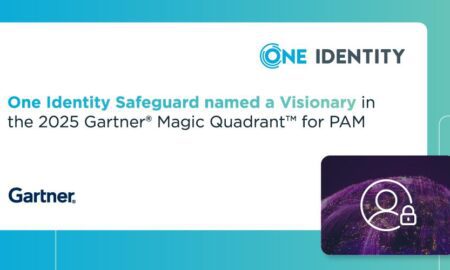For many MedTech companies, Computer System Validation (CSV) remains a confusing and often delayed topic, viewed more as a regulatory burden than a critical quality tool. But with the increasing use of cloud platforms, integrated QMS software, and AI-driven tools, ensuring software compliance is no longer optional. It’s essential and expected under ISO 13485, FDA guidelines, and ISO/TR 80002-2.
So, what does “validated software” actually mean in practice, and how can companies ensure compliance without overcomplicating their systems?
Why Software Validation Matters More Than Ever
ISO 13485 explicitly states that all software used within the QMS must be validated for its intended use. This includes everything from document control systems to eQMS platforms, risk management tools, CAPA software, and even spreadsheets if they support quality-critical decisions.
The FDA echoes this in its General Principles of Software Validation and ISO/TR 80002-2 provides a more technical framework for implementing validation processes across regulated systems.
Failure to validate can result in:
- Audit findings and warning letters
- Delays in product approval or market access
- Risk to patient safety due to undetected system errors
- Loss of data integrity and traceability
Common CSV Mistakes That Derail Compliance
Medical device companies typically fall into three dangerous validation traps:
The “Pre-Validated” Assumption
Believing that commercial off-the-shelf (COTS) software comes pre-validated from vendors. Reality check: You must validate every system for your specific intended use, regardless of vendor claims.
The Over-Documentation Trap
Creating excessive validation documentation that doesn’t reflect actual system risks or usage patterns. This approach wastes resources while missing critical validation elements.
The Avoidance Strategy
Postponing or ignoring validation requirements, hoping they won’t surface during regulatory audits. This gamble invariably fails under EU MDR scrutiny or FDA inspections.
ISO/TR 80002-2 specifically warns against one-size-fits-all validation approaches, emphasizing the need for risk-based, context-appropriate validation strategies.
A Strategic Risk-Based Approach to CSV Implementation
At QMLogic, we advocate a lean but thorough approach aligned with ISO 13485 and ISO/TR 80002-2. The optimal approach balances thoroughness with efficiency, focusing on control, traceability, and fitness for intended use rather than documentation volume.
Phase 1: System Discovery and Risk Assessment
Comprehensive System Inventory: Identify all software systems that impact product quality, regulatory compliance, or patient safety.
Risk-Based Classification: Determine validation depth based on system criticality, patient impact, and regulatory significance.
Phase 2: Validation Planning and Execution
Intended Use Definition: Document your specific software applications—not generic vendor specifications.
Validation Strategy Development: Define testing approaches, documentation requirements, roles, and acceptance criteria.
IQ/OQ/PQ Testing: Execute Installation, Operational, and Performance Qualification tests tailored to your processes.
Phase 3: Lifecycle Management
Change Control Procedures: Establish processes for evaluating updates, patches, and reconfigurations for revalidation requirements.
Continuous Monitoring: Implement ongoing system performance monitoring and validation maintenance.
Retirement Planning: Develop procedures for end-of-life systems to preserve records and maintain traceability.
Custom Software Solutions for Streamlined CSV Management
Commercial validation tools often struggle with the dynamic nature of modern software environments. Frequent updates, vendor changes, and system reconfigurations can quickly render traditional validation documentation obsolete.
That’s why QMLogic offers QMS Software Solutions with advanced CSV management capabilities such as:
- Automated validation activity tracking and revalidation scheduling
- Comprehensive software change logging with integrated risk assessment
- Streamlined test execution with automated documentation approval
- Real-time audit readiness dashboards and compliance reporting
Every software system presents unique validation challenges. As ISO/TR 80002-2 emphasizes, “no single method suits all systems”, validation approaches must reflect each system’s intended use, risk profile, and lifecycle context.
Regulatory Consulting for Medical Device Software Validation
Navigating the complex intersection of software validation requirements across multiple regulatory frameworks requires specialized expertise. Professional regulatory consulting for SaMD ensures your validation strategy addresses all applicable requirements while optimizing resource allocation.
Comprehensive Software Compliance Support:
- CSV strategy development and implementation
- Regulatory gap analysis and remediation planning
- Software as a Medical Device (SaMD) compliance consulting
- Audit preparation and regulatory submission support
Transforming CSV from Burden to Competitive Advantage
Computer System Validation shouldn’t be a mysterious compliance obstacle. When implemented strategically, CSV enhances operational consistency, regulatory traceability, and overall quality system effectiveness across your digital infrastructure.
Whether you’re building a new QMS from the ground up or modernizing legacy validation processes, the right approach combines regulatory expertise with practical implementation strategies. This ensures your software validation program not only meets current requirements but adapts to evolving regulatory expectations.
Read More From Techbullion



































